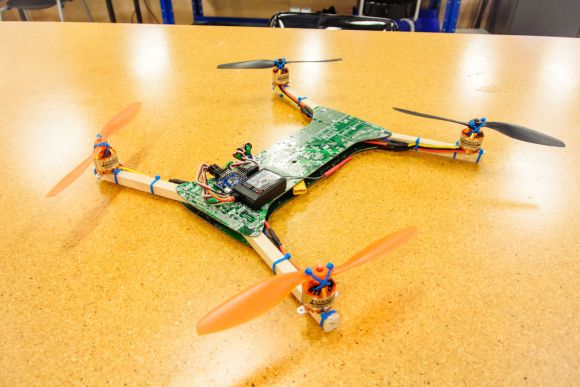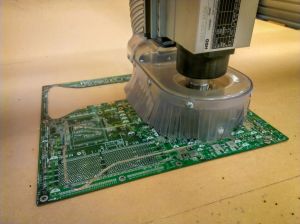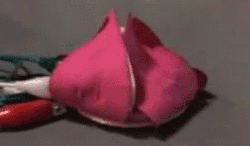
Firefighters and firehouses are not as glamorous as your kindergarten self would lead you to believe. Most firefighters in the US are volunteers, and most firefighters don’t live in the firehouse. Instead of hanging out at the fire house all the time, they use a call-in system that displays a list on a web page saying, ‘Joe is coming to the fire house’ or ‘Jack will meet you at the scene’. It’s highly efficient given the budgets they’re working with, but as [Andy] discovered, this same system can be replicated with Google Voice.
The system relies on a Google Voice account that’s set to have all calls go straight to voicemail. The missed call sends off a voicemail notification to the Gmail inbox, effectively turning the Gmail inbox into a call-in system for free.
In testing, [Andy] noticed the Gmail inbox doesn’t quite refresh fast enough for his purposes, so he whipped up a simple webpage with a little bit of PHP to parse the emails and display everything automatically. The idea being that this webpage could just be displayed on a monitor in the station, waiting for the next call.
Another improvement [Andy] points out could be setting up several numbers, each for different status codes. It’s an astonishing simple system, and now something that can be replicated for free.


 Clean PCBs in hand, [Eric] headed to his local TechShop. He drew his dead cat style frame in SolidWorks and cut it out on a ShopBot. While a high-end CNC cutter is nice, it’s not absolutely necessary. The fiberglass sheets could be cut with a rotary tool or a jigsaw. No matter how you cut it, be sure to wear a mask rated for fiberglass resins and some protective clothing. Fiberglass plate is nasty stuff to cut.
Clean PCBs in hand, [Eric] headed to his local TechShop. He drew his dead cat style frame in SolidWorks and cut it out on a ShopBot. While a high-end CNC cutter is nice, it’s not absolutely necessary. The fiberglass sheets could be cut with a rotary tool or a jigsaw. No matter how you cut it, be sure to wear a mask rated for fiberglass resins and some protective clothing. Fiberglass plate is nasty stuff to cut.

 [Alica] and [Jerika] are seniors in the Digital Culture program at Arizona State University and for their capstone, the wanted to take something that is traditionally male dominated and make it more female friendly. They chose e-textiles, which are most commonly extremely avant garde and nearly unapproachable with a lot of LEDs and zany mechanisms. Their initial designs reflected this, with multiple LED strips and huge shoulder pads. Then they discovered Flexinol shape memory actuator wire,
[Alica] and [Jerika] are seniors in the Digital Culture program at Arizona State University and for their capstone, the wanted to take something that is traditionally male dominated and make it more female friendly. They chose e-textiles, which are most commonly extremely avant garde and nearly unapproachable with a lot of LEDs and zany mechanisms. Their initial designs reflected this, with multiple LED strips and huge shoulder pads. Then they discovered Flexinol shape memory actuator wire, 










